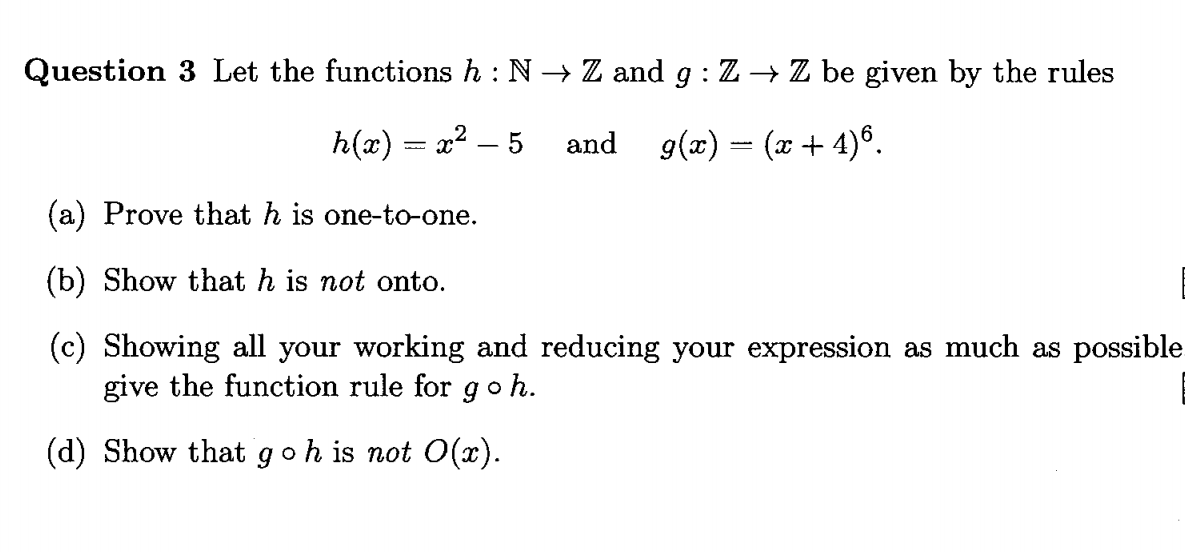
Here are some examples of true one-to-one relationships in business: Employees in a company are also individuals with specialized skills as well. Exclusive agreements and connections often help businesses set themselves apart from their competition. However, the one-to-one relationship between students and desks stays consistent per period.īusinesses know the value of one-to-one relationships. Each student has one desk, but over the course of the day, the desk will have many students. For example, one student may occupy one desk in their first period class, but in the second period, another student will sit there. Some of these examples can become one-to-many examples when you think of multiple classes. Each student gets one desk (which can only be sat in by one student).Each small group in the class must complete a project about one country (and that country can only be researched by one small group in the class).Each student gets to buy one lunch from the cafeteria (and each lunch can only be purchased by one student).One student can check out a book from the library (and the library book can be checked out by one student at a time).Each student must complete one worksheet (and the worksheet can only be completed by one student).Other examples of one-to-one relationships in education are: Many school districts want their students to each have an electronic device, such as a tablet or laptop. Purchasing an appliance that only has one purpose wouldn’t be the most versatile use of your money!Ī popular place to hear the phrase “one-to-one” is in the classroom. You may only be able to bake a cake in an oven, for example, but the oven can be used for many different foods. Some examples that are not one-to-one relationships (and are therefore one-to-many relationships) are kitchen appliances. One child sleeps in one bed, and the bed is used by one child.One person owns one car, and the car is owned by one person.In monogamous relationships, one person has one partner, who is only partnered with that person.A person owns one dog, and the dog is owned by one person.


(We need to show that x in R such that f(x) = y.) Proving or Disproving That Functions Are OntoĮxample: Define f : R R by the rule f(x) = 5x - 2 for all x R. A function is not onto if some element of the co-domain has no arrow pointing to it. In arrow diagram representations, a function is onto if each element of the co-domain has an arrow pointing to it from some element of the domain. f is called onto or surjective if, and only if, all elements in B can find some elements in A with the property that y = f(x), where y B and x A.Ĭonversely, a function f: A B is not onto y in B such that x A, f(x) y. Onto Functions Let f: A B be a function from a set A to a set B. Hence h(n 1) = h(n 2) but n 1 n 2, and therefore h is not one-to-one. Prove that h is not one-to-one by giving a counter example. On the other hand, to prove a function that is not one-to-one, a counter example has to be given.Įxample: Define h: R R is defined by the rule h(n) = 2n 2. Proof: Suppose x 1 and x 2 are real numbers such that f(x 1) = f(x 2). To prove a function is one-to-one, the method of direct proof is generally used.


 0 kommentar(er)
0 kommentar(er)
